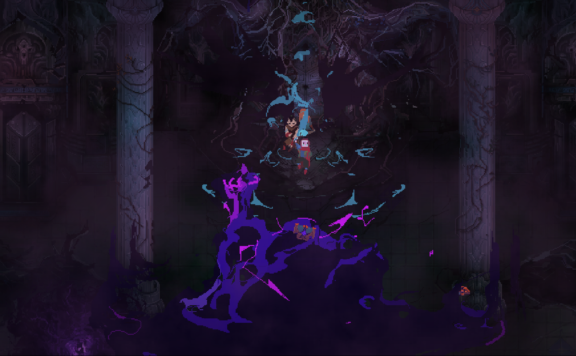Traditional video game sales have operated largely the same way for decades. You buy the game, you take it home, you play the game. The arrival and domination of online marketplaces might have created a new avenue here, but fundamentally the idea of purchase to play has remained king. Throwing a wrench into this equation is the arrival of game-streaming services, which can upend tradition and might even threaten the trajectory of the established modern gaming market.
Rising Game Costs
2020 marked a special year in gaming, not just for the new consoles, but also for an unprecedented price rise. For years, new AAA titles have cost a base of $60, but this has finally changed. This year, games like Sony’s Demon Souls remake and 2K Game’s NBA 2K21 have seen a $10 price hike to $70.
This $60 price tag has stood in the US for decades, dating back to at least the early 1990s. Adjusted for inflation, a $60 price tag from 1993 works out to around $108 today. This, combined with the increasing cost of developing video games, is the crux of the argument for those companies supporting the new $70 price point.
Sidestepping the Issue
The alternative route, game streaming, and subscription services take another tack. Rather than charge a large lump-sum outright for a single game, these services tend to work with a low monthly fee for access to dozens. While this used to be niche, the tactic has now been adopted by even major console developers.
On the streaming front, systems like Sony’s PSNow and Microsoft’s Project xCloud are paving the way for mainstream play-anywhere over the internet systems. Other subscription services like the Ultimate Pass on the Xbox Series X and S adopt a comparable approach. While these require full downloads, they still offer significant selections for a fraction of the traditional full-game purchase cost.
Such ideas have existed for years in other interactive entertainment industries as well, such as the world of online casinos. To accomplish this, iGaming platform providers instead charge minuscule amounts per game, while offering enormous variety. So far has this developed, that businesses like Pronet have appeared to ease the building of all parts of such platforms. Including customizable modules, automated marketing, and powerful CMS, this industry is ahead of the pack in this regard. Solutions such as this have proven to be effective and allowed for alternative funding models for content providers.

Of course, there are also many arguments out there that traditional games don’t need to cost as much as they do. Counterarguments include better economies of scale, $60 being an entry price for new games, and developers rather than customers pushing for more expensive development cycles. In essence, the argument that games cost more to make and should therefore cost more to buy is flawed on its face.
The final result of this situation is the question of what effect streaming and subscription services will have on the traditional gaming purchase market. Could they cause more developers to re-examine their ways, or will it simply create a slow takeover of alternative game involvement for all but die-hard collectors? While it might be too early to tell, there is little doubt that the next generation of gaming should give us some sign of which way the wind is blowing. Until then, at least we can remain somewhat happy at the abundance of choice.







